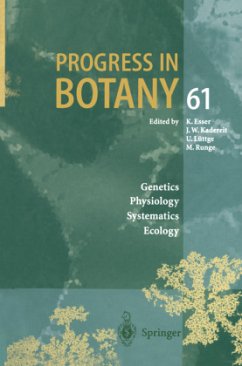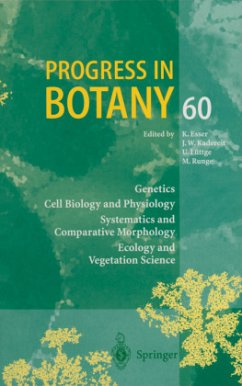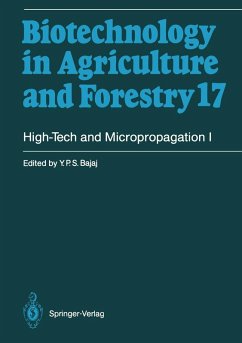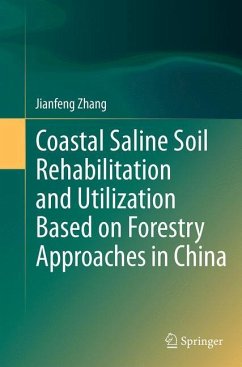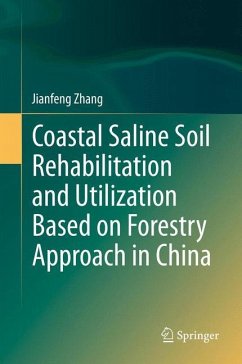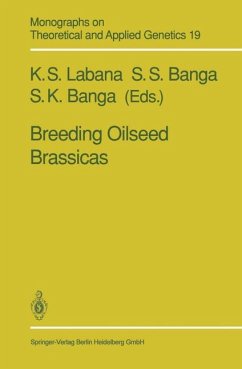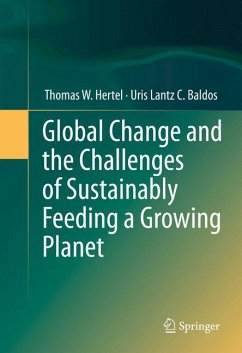
New Perspectives on the History of Life Sciences and Agriculture
Versandkostenfrei!
Versandfertig in 6-10 Tagen
129,99 €
inkl. MwSt.

PAYBACK Punkte
65 °P sammeln!
This volume explores problems in the history of science at the intersection of life sciences and agriculture, from the mid-eighteenth to the mid-twentieth century. Taking a comparative national perspective, the book examines agricultural practices in a broad sense, including the practices and disciplines devoted to land management, forestry, soil science, and the improvement and management of crops and livestock. The life sciences considered include genetics, microbiology, ecology, entomology, forestry, and deal with US, European, Russian, Japanese, Indonesian, Chinese contexts. The book shows...
This volume explores problems in the history of science at the intersection of life sciences and agriculture, from the mid-eighteenth to the mid-twentieth century. Taking a comparative national perspective, the book examines agricultural practices in a broad sense, including the practices and disciplines devoted to land management, forestry, soil science, and the improvement and management of crops and livestock. The life sciences considered include genetics, microbiology, ecology, entomology, forestry, and deal with US, European, Russian, Japanese, Indonesian, Chinese contexts. The book shows that the investigation of the border zone of life sciences and agriculture raises many interesting questions about how science develops. In particular it challenges one to re-examine and take seriously the intimate connection between scientific development and the practical goals of managing and improving - perhaps even recreating - the living world to serve human ends. Without close attention tothis zone it is not possible to understand the emergence of new disciplines and transformation of old disciplines, to evaluate the role and impact of such major figures of science as Humboldt and Mendel, or to appreciate how much of the history of modern biology has been driven by national ambitions and imperialist expansion in competition with rival nations.




